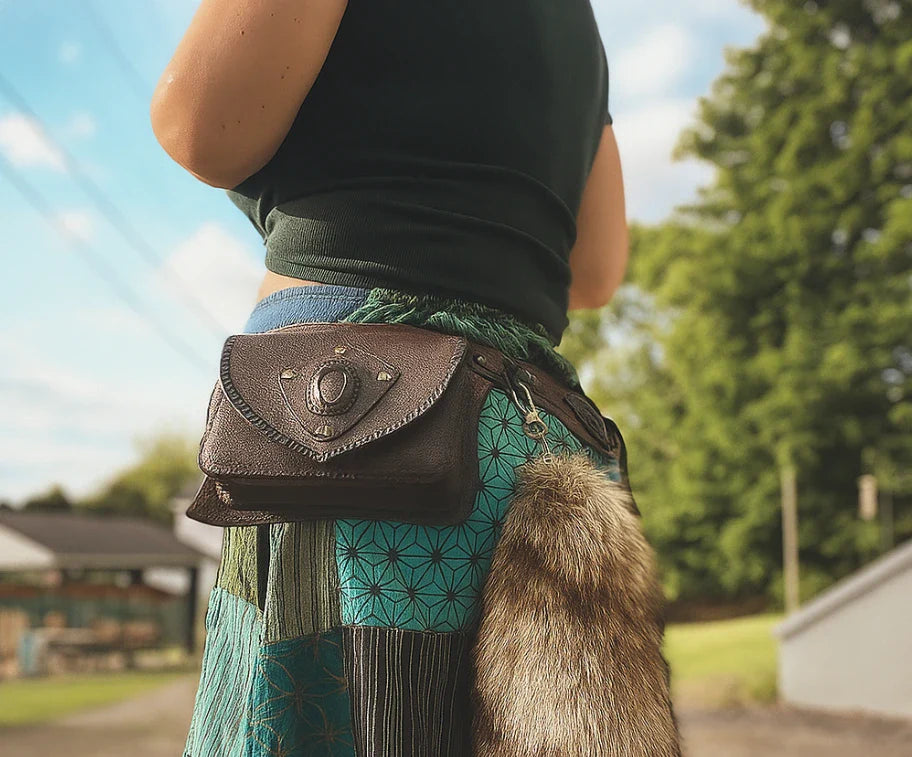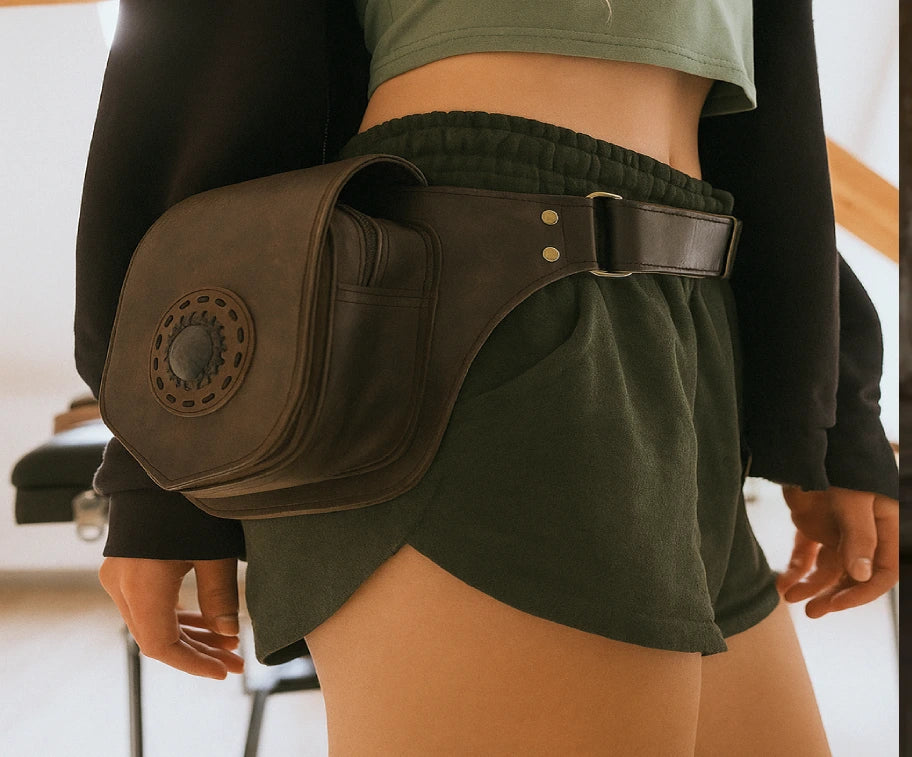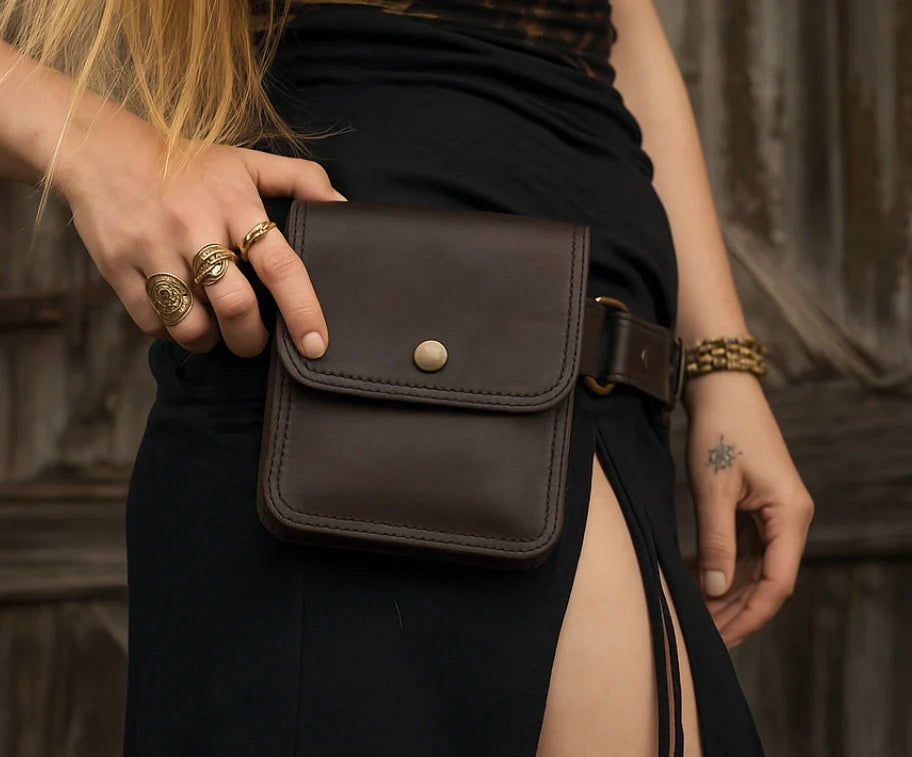The history of pockets in women’s clothing is intertwined with the broader narrative of gender inequality and women’s struggle for autonomy. For centuries, women were excluded from the practical benefits of pockets, which were a staple in men’s garments. While men had long enjoyed the convenience of having pockets to carry their belongings, women’s clothing was often designed without any functional space to store personal items. During the Victorian era, this exclusion was particularly pronounced, as women’s fashion was designed to be delicate, ornamental, and focused on appearance. The idea that pockets would disrupt a woman’s figure or interfere with the design of her clothing led to their removal from women’s garments altogether.
Women had to find creative solutions to carry their belongings, often resorting to hidden pockets or tying pouches to their waistlines. While these alternatives served a practical purpose, they highlighted the larger social constraints placed on women. The lack of functional pockets in women’s clothing symbolized the broader idea that women were expected to be ornamental rather than functional, and that their role in society was limited to the domestic sphere. During the French Revolution, women’s inability to have pockets was seen as a tool to control their participation in political and social movements. Pockets became emblematic of women’s freedom to move through the world and participate fully in society, and the demand for pockets was tied to the broader struggle for women’s rights.
As the suffrage movement gained momentum, the fight for pockets in women’s clothing became more than just a desire for practicality; it represented a call for equality and autonomy. Women demanded clothing that not only looked good but was also designed to meet their practical needs. Over time, pockets began to be incorporated into women’s clothing, but their inclusion was still a contentious issue. Today, while many women’s garments feature functional pockets, the fight for truly inclusive and practical fashion continues. The feminist history of pockets serves as a reminder that even the smallest design choices in clothing can carry significant cultural and political implications. Pockets, once seen as a minor feature, are now recognized as a symbol of women’s growing autonomy and their ongoing struggle for equality in society.






